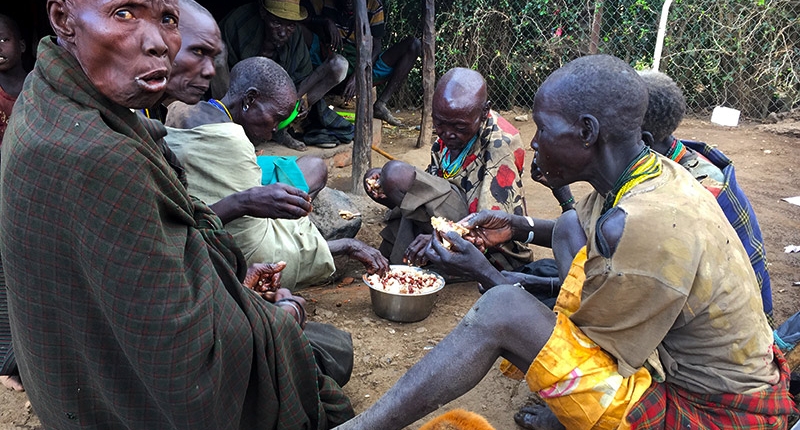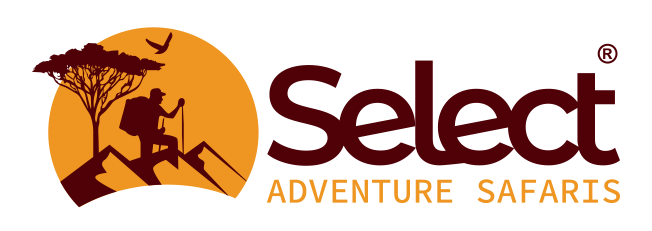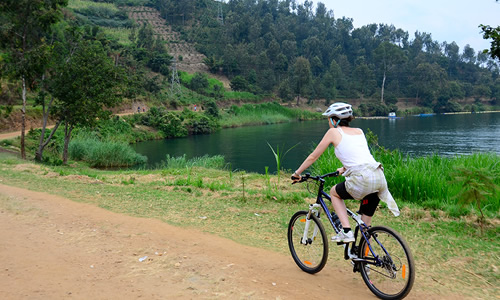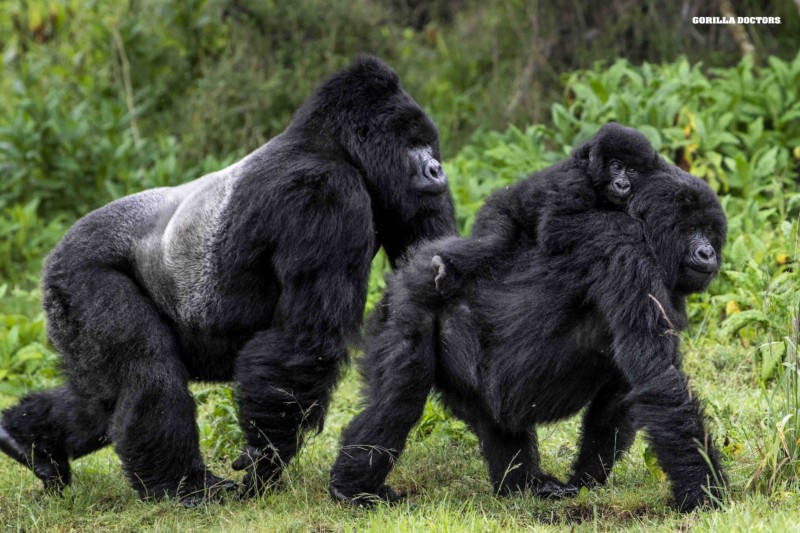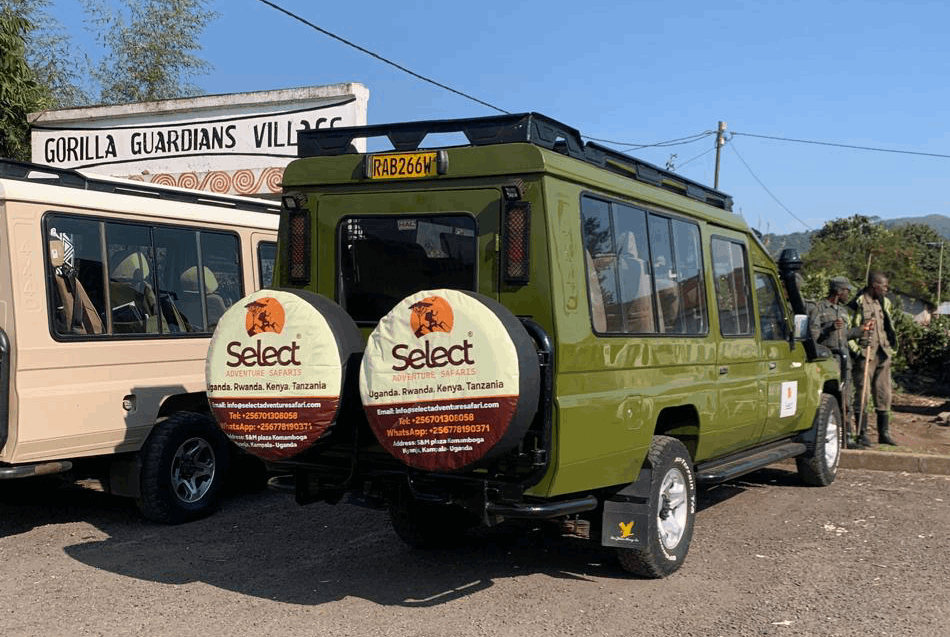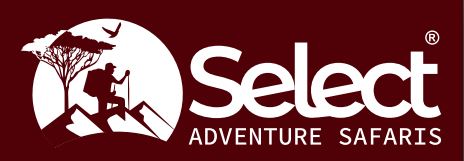Indigenous people in Kidepo national park
Indigenous people in Kidepo national park ; The wonders of Uganda safaris into Kidepo Valley go extra miles beyond merely sighting the large herds of wildlife and the beautiful birds flying in the air. The lifestyles, characters and the cultural beliefs of the indigenous people around the Karamoja region are a whole package of Uganda tourism attraction altogether. These are an example of African people that have a strong attachment to their ancestors’ lifestyle and for decades have resisted “unneccessary” influence into their livelihood from foreigners. The Karimojong are a nomadic livestockherding community that have roamed the Kidepo plain grasslands all their lifetime following the flugal rains for fresh pastures and watering spots. They have coexisted with the wild mammals. Their large herds of livestock graze besides and share watering points with the herds of herbivorous wildlife species. The harsh weather conditions of high temperatures and low rainfall leading to semi arid vegetation affect them evenly the way the wild mammals affected. The logic and science of how the Karimojong protect their livestock from the carnivoreous predator attacks is an amazing story that many travelers find it heard to believe. Visiting the Karimojong manyatta, to imitate lifestyle as a livestock herdsman, dance to the music and listen to their historic stories, are extremely exciting
The Ik community,
numbering just thousands of individuals, are traditional neighbors to the Karimojong residing on the edges of the Morungole Mountain range. The Ik are traditional game hunters, gathering people that roamed the wilderness. Traditionary, the Ik have no economic assets and wealth so to speak of. The Ik married in early teens and were a highly polygamous community. The Ik roamed large parts of Kidepo Valley including the park, in search of edible fruits, tubers, leaves, wild game and bee colonies. Ability to provide basics for survival like constant supply of bush meat, honey, makeshift shelter and others raised the profile of males in society and were enough guarante to get an extra wife. Part of the Ik community traditional home range was gazetted into wildlife protection area, were evacuated and settled in a “strange” mountainous environment. The Ik were taught just basic knowledge of survival with other communities. They were not fully intergrated to live an “alien” lifestyle of growing food crops and their traditional wilderness lifestyle was altered. Travelers on tour of Kidepo valley visit the Ik community and get their traditional life experiences.
